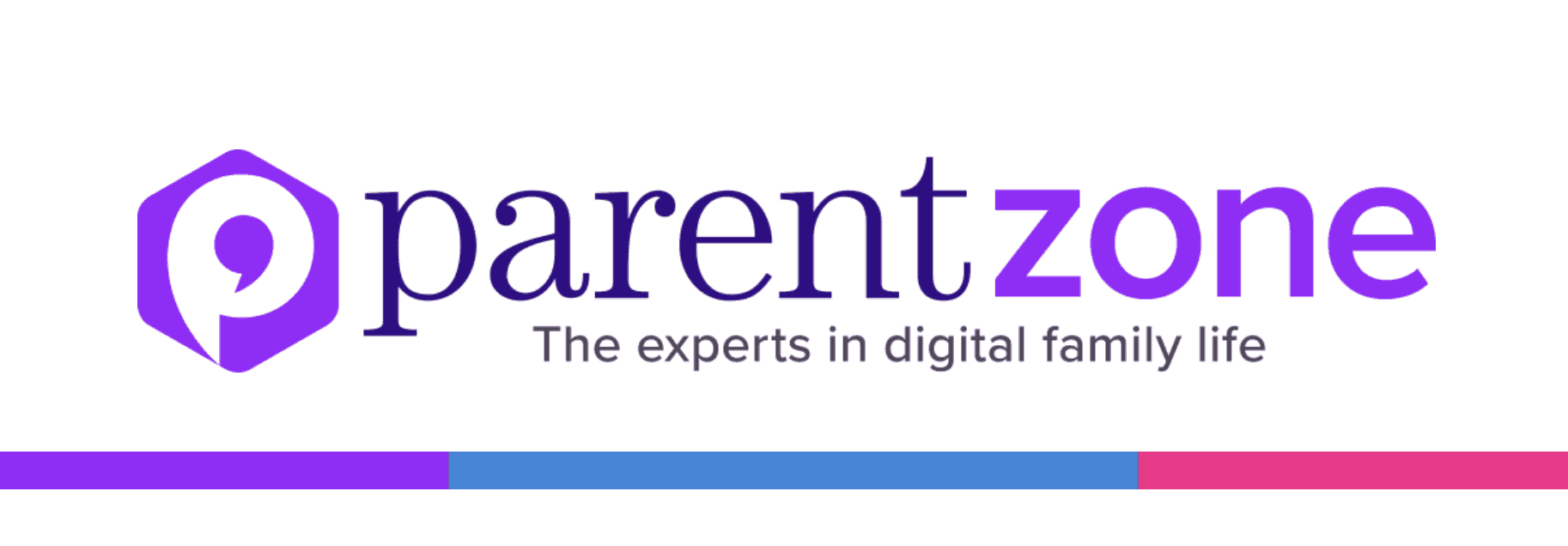Not to be missed by anyone working with children and young people, our final blog in the trilogy on internet safety is by guest author Dave Miles from Parentzone.
Digital resilience
Digital technologies are present in most areas of life. People will encounter risks during these online experiences and it’s not possible nor is it desirable to shield them entirely from risk. Learning how to recognise and manage risk, learn from difficult experiences, recover and stay well, are vital parts of individual development and agency. This is how digital resilience is developed.
What is ‘digital resilience’?
The UK Council for Internet Safety (UKCIS) defines digital resilience as
a dynamic personality asset which is primarily built through experience, rather than learnt, fostered by opportunities to confide in trusted others and later reflect upon online challenges.
In practice, this means thriving in an online environment, avoiding harm and recovering from setbacks, while making the most of the opportunities technology brings.
The background
For more than a decade, internet safety guidance and resources, for children and young people, in particular, has been based around ‘rules and tools.’
In 2014, research from the Oxford Internet Institute in partnership with Virgin Media and Parent Zone explored how children and young people can be encouraged to become resilient users of the internet. In January 2017, Parent Zone also commissioned Rachel Rosen to revisit digital resilience. That report, Ordinary Magic in the Digital Age: Understanding Digital Resilience highlighted the need for a holistic look at digital resilience and focuses on three key approaches to resilience-promoting interventions.
The first focuses on reducing risks, by using technical tools and filters for example. The second emphasises resources that enable children’s resilience and positive outcomes, such as adequate online safety education. And the final approach involves positive and supportive family relationships to foster young people’s overall resilience.
The recent UK Government Online Harms White Paper specifically cites resilience as a key deliverable across a range of online harms and the UKCIS Digital Resilience framework as part of that response.
Nurturing resilience
Digital resilience is a dynamic asset which means that it can increase or decrease depending on context. For instance, someone may feel confident to asses risk and recover if things go wrong on a platform they are very familiar with but may not have the same ability when using a new technology or site.
Whilst an individual may be resilient in some contexts their ability to maintain, broaden and deepen this asset will be impacted by the people, services and opportunities around them. An essential element of resilience is having someone to report to and being supported by others to learn and recover. Parents and professionals working with children can, therefore, play an essential role in nurturing children’s digital resilience.
Parent Zone has a wide range of free resources, guides and initiatives that can help parents, professionals and carers to develop their knowledge, skills and understanding to ensure children have the support they need to not just be safe but be resilient enough to flourish.
Dave Miles is Partnership and Policy Director for Parent Zone, as well as co-chair of the UKCIS Digital Resilience Working Group.
Did you miss the first two blogs of the trilogy? Catch up here with Safe Online and Three top tips to be safe online




